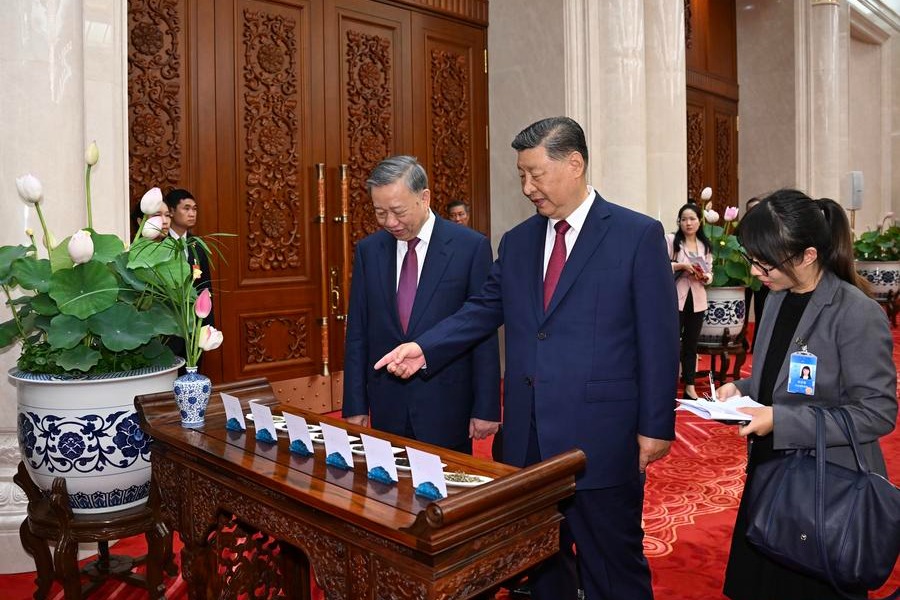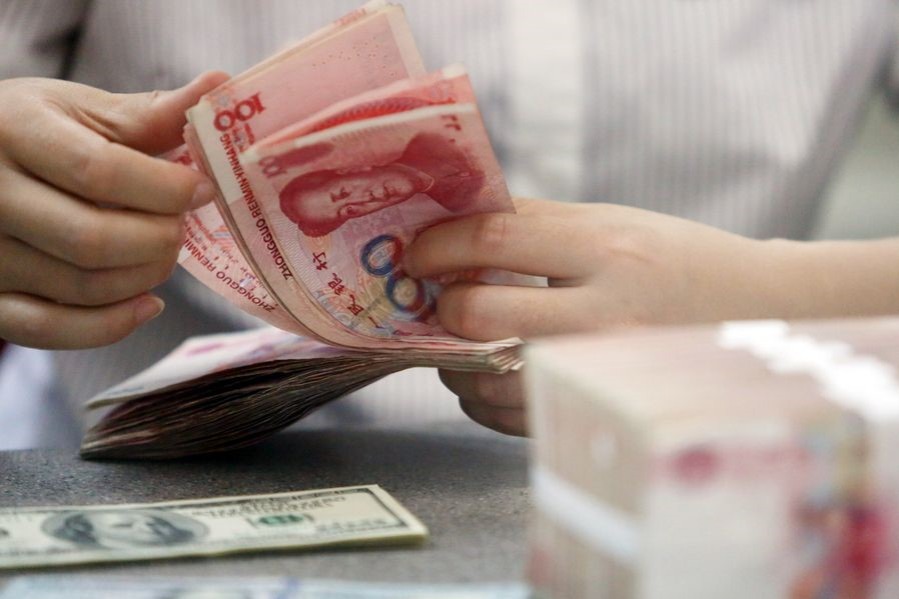China-ASEAN cooperation rising to higher level


As ASEAN's largest member state in terms of territory, population and economy, and a key member of G20, Indonesia has been playing a key role in advancing China-ASEAN cooperation and ASEAN integration.
Indonesia has been helping strengthen China-ASEAN relations, supporting the China-proposed Belt and Road Initiative and fostering a China-ASEAN community with a shared future. Since 2013, the two countries have aligned their national strategies — Chinese modernization with Indonesia's Golden Indonesia 2045 Vision — achieving high-level cooperation in trade, infrastructure and investment.
The Jakarta-Bandung high-speed railway, a flagship Belt and Road project, has become a benchmark for regional connectivity. The depth of Sino-Indonesian relations can be gauged from the fact that Indonesian President Prabowo Subianto chose China as his first foreign destination after taking office in November 2024. During his visit to China, the two sides agreed to elevate their comprehensive strategic partnership.
Sino-Indonesian economic and trade cooperation has continued to deepen at a sustained pace. And thanks to the close coordination between Indonesia and China as well as the joint efforts of the member states of the Association of Southeast Asian Nations, China-ASEAN cooperation, too, has deepened; in fact it has been facilitating high-quality and high-level development.
The combined economic output of China and ASEAN is more than one-fifth of the global total. In terms of population, while China's is over 1.4 billion, ASEAN's is nearly 700 million. Also, the combined GDP of ASEAN members was $3.8 trillion in 2023, making it the world's fifth-largest economy. No wonder its market influence and economic impact are growing steadily.
China and ASEAN have economic complementary, with their trade and economic cooperation reflecting robust vitality. Since 2013, China-ASEAN trade has grown on average 7.5 percent a year, reaching $982.34 billion in 2024. While China has remained ASEAN's largest trading partner for 16 consecutive years, ASEAN has been China's top trading partner for the past five years, with Vietnam, Malaysia and Indonesia being China's top three trading partners within ASEAN.
China and ASEAN have deepened cooperation not only in traditional fields such as agriculture, minerals, infrastructure including transportation, finance and investment, but also extended it to emerging areas like the digital economy and the green economy, with special focus on advancing new quality productive forces and promoting high-quality development.
According to China's customs data, in 2023, ASEAN was China's second-largest source of agricultural imports, accounting for 15.6 percent of the country's total agricultural import value, and China was ASEAN's second-largest source of foreign investment, with the scale of investment continuing to grow. Ministry of Commerce data show that in 2024, China's non-financial outward direct investment was $143.85 billion, with investment in ASEAN increasing by 12.6 percent year-on-year.
The two sides approved the "Action Plan on Implementing ASEAN-China Partnership on Digital Economy Cooperation" in 2022, with China extending strong support to the "ASEAN Digital Masterplan 2025" and the "ASEAN Digital Community 2045". Besides, China has signed memorandums of understanding with different ASEAN members on investment in the digital economy and green development. In particular, ASEAN has become a key overseas investment destination for Chinese electric vehicle enterprises.
The continuous improvement of China-ASEAN cooperation mechanisms has helped institutionalize their collaboration. Regional cooperation mechanisms, such as the Regional Comprehensive Economic Partnership, the Belt and Road Initiative, the China-ASEAN Free Trade Area 3.0 and BRICS, have become increasingly refined and mature. Since the RCEP took effect on Jan 1, 2022, it has been playing a vital role in promoting trade and investment among the member economies, strengthening industry chains and advancing regional integration. In 2024, during its tenure as the non-ASEAN rotating chair of the RCEP, China, along with Indonesia, the ASEAN chair, helped establish the "RCEP Support Unit".
China has always regarded ASEAN as a priority in its neighborhood diplomacy and a key region in its vision to build a regional community with a shared future. The two sides have maintained high-level strategic cooperation, adhering to the fundamental norms of international relations, including the principles of the United Nations Charter, the ASEAN Charter, the Treaty of Amity and Cooperation in Southeast Asia and the Five Principles of Peaceful Coexistence. And both are committed to safeguarding regional peace and security, and achieving win-win cooperation and shared development while deepening mutual political trust.
Since 2013, when China proposed to help build a closer China-ASEAN community with a shared future, the initiative has made remarkable progress.
China-ASEAN cooperation has emerged as a robust engine driving economic development in the Asia-Pacific region, and has become one of the most dynamic and successful models of regional cooperation. By working together, China and ASEAN have not only strengthened regional stability and promoted common prosperity but also sent a positive signal of cooperation to the world, which faces rising unilateralism and trade protectionism. Their partnership contributes significantly to global peace, stability and economic recovery.
The author is an associate researcher at the National Institute of International Strategy, Chinese Academy of Social Sciences.
The views don't necessarily reflect those of China Daily.
If you have a specific expertise, or would like to share your thought about our stories, then send us your writings at opinion@chinadaily.com.cn, and comment@chinadaily.com.cn.

































